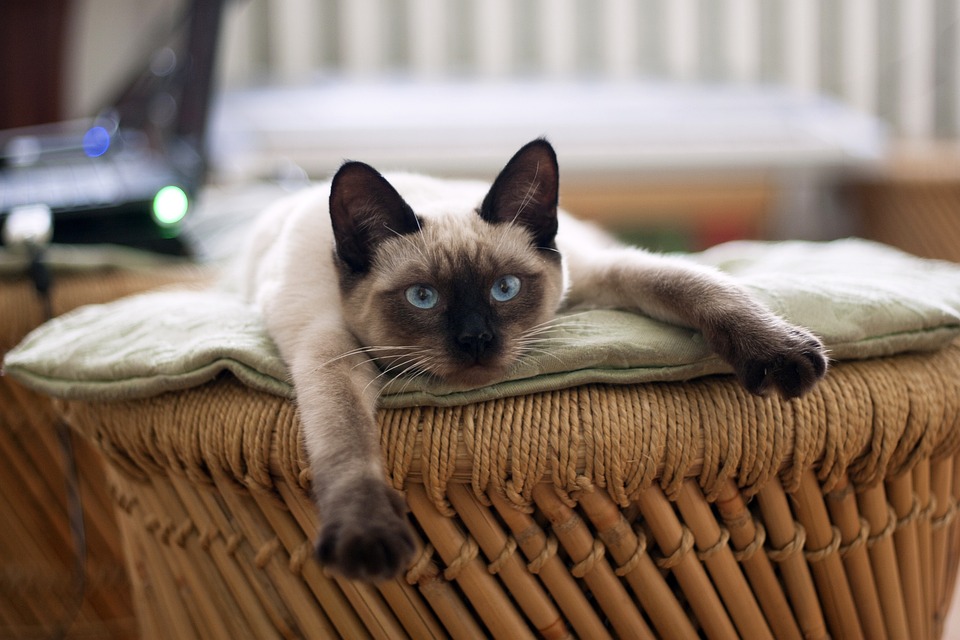Cats have always been known for their captivating and mysterious eyes. However, just like humans, cats can experience various eye problems that may cause discomfort or even impair their vision. It is important for cat owners to understand these common eye problems, their causes, symptoms, and treatments in order to provide the best care for their feline friends.
One of the most common eye problems in cats is conjunctivitis. Conjunctivitis can be caused by bacterial or viral infections, allergies, or foreign objects. Some of the common symptoms include redness, swelling, discharge, squinting, and frequent blinking. Treatment for conjunctivitis usually involves the use of prescription eye drops or ointments, warm compresses, and keeping the eye area clean.
Another common eye problem in cats is corneal ulcers. Corneal ulcers can be caused by scratches or injuries to the cornea, viral infections, or dry eye syndrome. Symptoms of corneal ulcers include excessive tearing, squinting, redness, cloudiness, and sensitivity to light. Treatment for corneal ulcers often involves the use of antibiotic eye drops, pain relief medication, and protecting the eye with a cone or special collar.
Glaucoma is another eye problem that can affect cats. Glaucoma is caused by increased pressure inside the eye due to fluid buildup. Some of the symptoms of glaucoma include an enlarged or bulging eye, redness, cloudiness, dilated pupils, and vision loss. Treatment for glaucoma may involve the use of eye drops to reduce intraocular pressure, medication to manage pain, or even surgical procedures.
Cataracts, which are characterized by a cloudy or bluish-gray appearance in the eye, difficulty seeing, and changes in behavior, are also common in cats. Cataracts can be caused by aging, genetic predisposition, diabetes, or trauma. Treatment for cataracts often involves surgery to remove the cataracts, followed by post-operative care and medication.
Now, let’s address some frequently asked questions about cat eye problems.
1. Can eye problems in cats be prevented?
While some eye problems in cats can be prevented or minimized by regular veterinary check-ups, maintaining good hygiene, and avoiding potential eye irritants, certain conditions may still develop due to genetic factors or underlying health issues.
2. Are all eye problems in cats serious?
While some eye problems may resolve on their own or with basic treatment, others require immediate veterinary attention. It is crucial to monitor any changes in your cat’s eyes and consult a veterinarian if you notice persistent symptoms or worsening conditions.
3. Can cat eye problems be contagious to humans?
Most eye problems in cats are not contagious to humans. However, some viral or bacterial infections can potentially be transmitted between cats and humans. Proper hygiene, such as handwashing and avoiding direct eye contact, is essential when dealing with infectious eye problems.
4. How can I administer eye drops to my cat?
Administering eye drops to cats can be challenging. A helpful technique is to gently hold your cat’s head, tilt it slightly back, and use one hand to hold the eye open. With the other hand, carefully apply the prescribed number of drops into the lower eyelid. It is important to avoid touching the eye directly with the dropper.
In conclusion, understanding common eye problems in cats and knowing how to address them is essential for cat owners. Regular check-ups, early intervention, and proper care can greatly improve a cat’s eye health and overall well-being. If you notice any abnormalities or persistent symptoms in your cat’s eyes, it is best to consult a veterinarian for a proper diagnosis and treatment plan.








